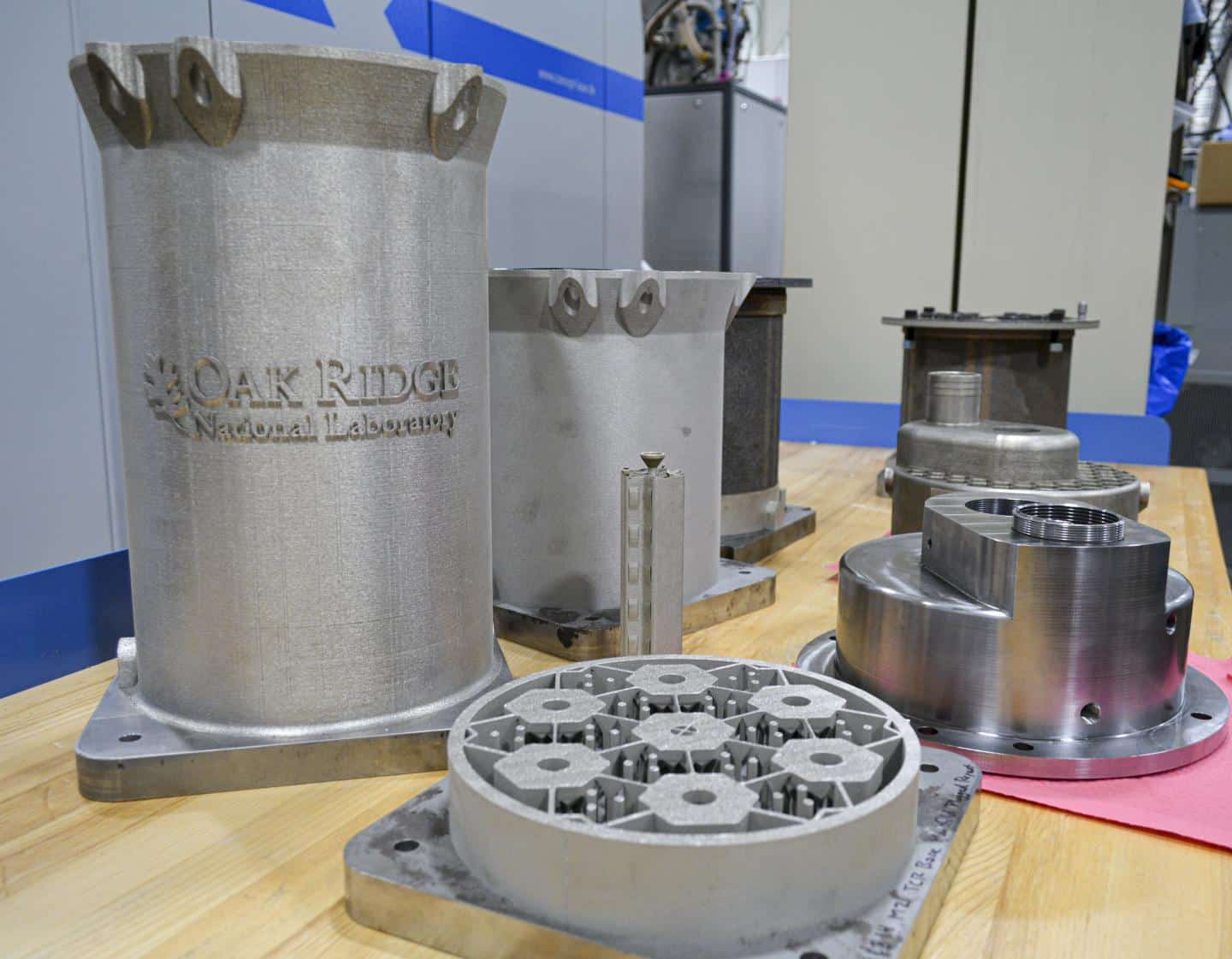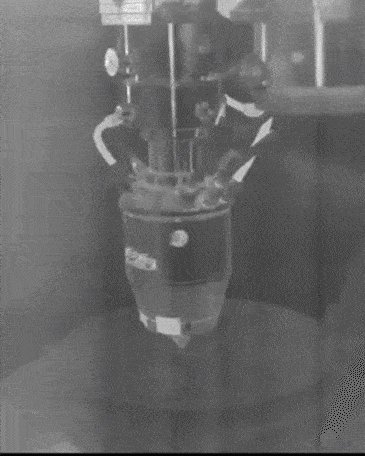Purdue University has received an $800,000 grant from the US Department of Energy (DoE) to accelerate the development of 3D printed nuclear reactor cores.
This grant will enable Purdue engineers to become major contributors to the Transformational Challenge Reactor (TCR) Demonstration Program led by Oak Ridge National Laboratory. The project aims to build and introduce the world’s first 3D printed microreactor by 2023 using Directed Energy Deposition (DED). Purdue University will be particularly involved in the development of new artificial intelligence models to ensure the nuclear quality of the key components of the microreactor.
Hany Abdel-Khalik, the project’s technical leader and associate professor of nuclear engineering at Purdue University, explained: “Purdue will fill a technological gap in the nuclear industry, reflecting a broader trend of applying AI strategies to support additive manufacturing. AM enables designs to be adjusted during manufacturing, greatly decreasing production cost and time. Our work is aimed at driving the widespread adoption of additively manufactured reactor components by using an AI-powered software system to ensure safety and reliability.”
Nuclear reactors in the U.S.
Microreactors are a new type of nuclear reactor that is characterized by flexibility and versatility-large reactor systems usually do not have these features. For now, 20% of the U.S. electricity supply comes from nuclear power, but all the reactors that provide it are based on 70-year-old light water technology. Once put into operation, the TCR microreactor will become the first advanced reactor to operate in the country for more than 40 years.
Abdel-Khalik added: “Microreactors introduce a transformational trend to the nuclear industry – a trend that enables more streamlined construction and deployment processes to address the nation’s energy challenges that cannot be overcome solely with large-scale nuclear reactors.”
Combination of 3D printing, AI, and nuclear science
One of the core goals of the project is to encourage the use of 3D printing, computational models, and AI in the nuclear industry. Oak Ridge hopes that this work will also greatly reduce manufacturing costs and delivery time, while improving safety and increasing accessibility.
Purdue University claims to have deep expertise in nuclear engineering, materials, data analysis, and simulation, making the engineering department ideally suited for this project. According to Xinghang Zhang, the main researcher of the collaboration, the university’s artificial intelligence model will use one of the three basic machine learning paradigms of reinforcement learning. Using this model, researchers will be able to fine-tune and optimize certain AM process parameters, such as printing speed and melting temperature, in an automated manner.
Kurt Terrani, Director of the Oak Ridge TCR Program, concluded: “Synchronized application of AM and AI techniques are key to providing the most data-rich and cost-effective nuclear component qualification process. This is one of the key goals of the TCR program: using modern technology to deliver a new and better way to deploy nuclear energy. The program is engaging the industry, the regulator and, in this case, universities in order to ensure an optimal approach is developed and adopted in widespread fashion.”

In recent years, in academia and industry, the use of artificial intelligence in additive manufacturing has become truly popular. Just last month, researchers from Argonne National Laboratory and Texas A&M University used real-time temperature data and machine learning algorithms to determine the thermal history and surface defects in the laser powder bed melting process. An association relationship is established between the formation. Once a sufficient model is established, scientists can predict the formation of defects based purely on the temperature profile constructed later.
Elsewhere in Italy, medical implant manufacturer REJOINT has used AI to introduce mass customization and therapy personalization into its products. The company has begun to use GE Additive EBM technology and computer analysis of intraoperative and postoperative data to make personalized knee implants for its patients.

